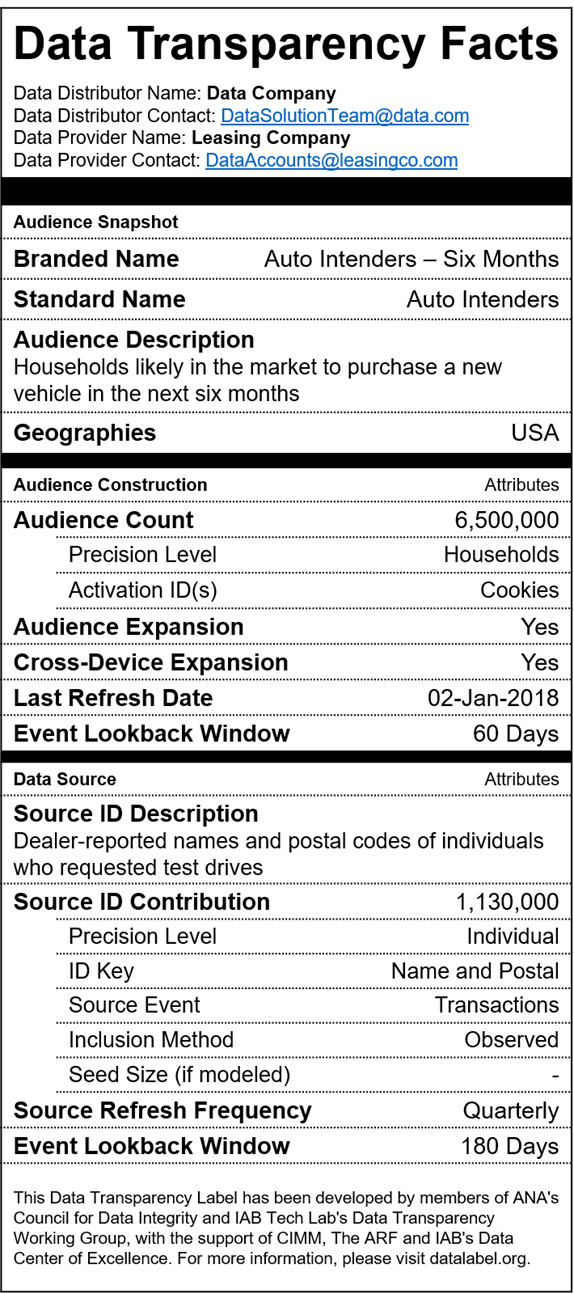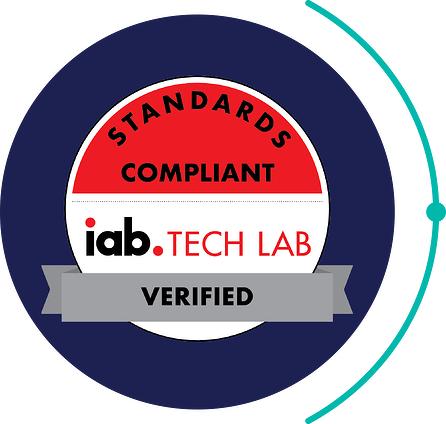‘Statistically impossible numbers’, inactive audiences, minimal detail, making it hard to demonstrate the value of targeted audience segments – it’s time for transparency, curiosity, and results

Scale is and will continue to be important, but now it's time to go beyond just the numbers to unlock the real value of data.
Brands deserve better than opaque, often low-quality data and segments that give addressable and precision targeting a bad name, Seven’s Nicole Bence writes. While some players out there are boasting statistically impossible numbers, and others are glorifying inactive viewers or poor-quality audience segments, the whole industry should be demanding transparency. High quality data works – a beauty brand saw 23 per cent uplift in sales and a laundry brand saw 274 per cent leap using advanced, quality data points at scale. Data can be murky. It shouldn’t be.
Without question, addressability and precision targeting delivers meaningful outcomes for brands - quality data collection, curation and activation are worth the premium investment when applied on the supply side through trusted media partners owning a direct relationship with users. But too many brands have experimented with segments built on sub-par data signals, delivering very little impact, just because there was a promise of greater reach at a lower cost. Is there a secret sauce, and how do you decide quality over quantity?
If we were to follow the headlines, many would have us believe the race to have the biggest “number of IDs” is the number one priority. That begs the age-old question: When it comes to targeting, does size really matter? Based on very clear data points, to us the answer is simple – yes. But it shouldn’t be at the expense of data quality.
Driven by the need to compete with the global platforms’ scale and data capability, local media owners have made “ID” numbers the main act, boasting “statistically impossible numbers”, in a bid to demonstrate audience scale.
With a population of 25 million Australians – 20 per cent under the age of 15, when does scale become enough to have meaningful impact? And is it being collected and used in an appropriate, legal manner?
Publishers with strong governance and clear value exchanges are in the box seat to generate logged-in users. Digital streamers have a clear value exchange giving consumers access to free live or on-demand, professionally produced, premium content spanning news, sport, lifestyle and entertainment.
Broadcast quality content comes at a premium, and we’ve learned from global streamers the need to shift from a subscription-only model to a hybrid advertising and consumer revenue model in order to compete.
A key data point and learning for Seven was delivering three major events over the last two years – Tokyo 2020, Beijing 2021 Olympics and the 2022 Commonwealth Games. It was a winning trifecta that enabled 7plus to grow subscribed, verified, registered users – tripling addressable audiences over the period.
The experience we delivered – over 43 channels for Tokyo, with two major cities in lockdown – won 7plus a place in the hearts and minds of consumers. Offering live and free access to golden sporting moments, viewers were able to make personalised content choices that had never been available before.
As a result, 7REDiQ, Seven West Media’s proprietary customer data platform exploded, with multi millions of log ins, billions of data signals all captured within the last 14 months. We use this data to create better advertising experiences, helping to manage back-to-backs, serving relevant creative, with a true ambition for advertising to be a service.
Scale is and will continue to be important, but now it's time to go beyond just the numbers to unlock the real value of data. Understanding how many of the verified IDs are recently active, consented, and duplicated are some of the questions to be asked. Striving to work with partners who are as committed to removing “dead data”, and re-engaging lapsed users, as much as they are to attract new ones. Ultimately, you can only market to the audiences who are active on a particular platform.
Brands can only expect to derive the full value of targeting by using high quality signals that indicate true behaviour or intent. Otherwise, you’re at risk of overpaying for the wrong audience.
And the results speak for themselves. Just last month, a beauty brand’s exposed group achieved a 23 per cent uplift in sales vs the control by using known deterministic transactional signals. Likewise, a laundry brand achieving a 274 per cent uplift in sales by using advanced category data vs standard demo targeting.
A major financial institution also saw outstanding impact on business outcomes when using advanced addressable segments to convert almost 20 per cent of all home loan applications across the market, over a 4-week period as a result of their campaign on 7plus.
None of this was driven by the volume of IDs alone. It was driven by active, addressable audiences powered by high quality data signals. Clients deserve more transparency and more visibility on the quality of the data signal to determine and experience the ROI and impact available to them.
The IAB created the ‘Data Transparency Label’, with the intention of creating transparency standards that give brands and their agency partners a clear understanding of the segments available across media owners and data brokers.
Without standards, we’re at risk of creating a black box environment, and as an industry we need to do better. IAB labelling is currently the only industry-endorsed solution and is a great first step towards a more open and transparent eco-system. We are on a journey and still have much more work to do to get to our optimised and desired state – and are doing so with these principles in mind. As an example of that work, 7REDiQ is proud to be the first broadcaster data set partnering with the IAB for certification, and we’re not stopping there. We will be making available to all advertisers the label, but also with additional information to not only understand recency and frequency, but most importantly, to provide an insight into the ‘activeness’ of the high value audiences that brands turn to us for.
The opportunity exists for media partners to be more than just a supply partner, we are and want to be recognised as identity and data partners who can bring together all three to deliver off the shelf or custom solutions to help brands navigate the often complex and murky world of data.
Transparency, consistency and quality assurance in the audience segments being made available to digital buyers is critical to help establish trust across our ecosystem. IAB Tech Lab has worked closely with data providers to develop an industry-first standard aimed at bringing transparency to the data marketplace. It’s encouraging to see a major Australian media owner work so hard to understand, adopt and evangelise these critical data standards – and as the Data Label matures and becomes more established, we are hopeful that more local media entities will follow Seven West Media’s lead by committing to these specifications.
As audiences continue to fragment, and attention becomes scarcer, partnering with trusted and transparent partners is critical. Brands should be unapologetically curious and demand to understand how and why a segment was labelled an ‘auto intender’. What signals were used? How recent are they? No-one should just accept that it is what it says on the tin.
And as an industry, we should welcome our new role as supply and data partners but should do so with the same professionalism and transparency that we apply to creating content. Addressability creates value for brands, media owners create value for consumers. Together, the mix is a powerful combination for brands. But we must hold ourselves accountable to building a sustainable model, built on safety, authenticity, higher standards, and a commitment to driving meaningful results for brands.


